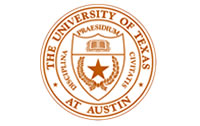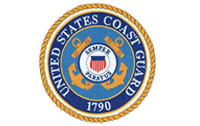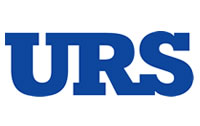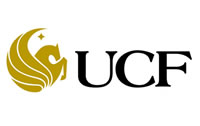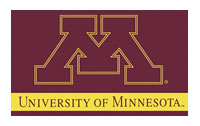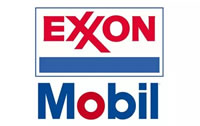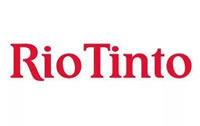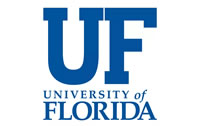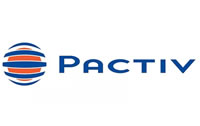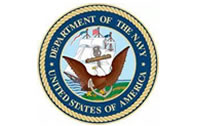How organizations are reducing losses due to preventable maintenance issues
A new report sheds light on maintenance economics.
Shortly thereafter, I contacted the Government Relations Committee at the Society of Maintenance and Reliability Professionals (SMRP) and asked if they would help disseminate the survey request to get more participation by SMRP member organizations. No good deed goes unpunished, so subsequently I was asked to be the Government Relations Committee Chairman.
Through the end of 2019 and first months of 2020, NIST collected the survey responses and began crunching numbers. The report that resulted is called “Economics of Manufacturing Machinery Maintenance”. It was written by Douglas S. Thomas and Brian A. Weiss, and is available on the NIST website.
If you’re interested, there is a RAM Review podcast hosted by Howard Penrose, with participation by yours truly and Douglas Thomas.
The report has some great information. It estimates that $74.5B was spent on maintenance for these small to medium sized manufacturers in the study year (2016). Total losses due to preventable maintenance issues totaled $119.1B. The top 25% of organizations that relied most heavily on reactive maintenance as compared with the 25% of organizations that relied on reactive maintenance the least, had:
- 3.3 times more downtime.
- 16.0 times more defects.
- 2.8 times more lost sales due to defects from maintenance.
- 2.4 times more lost sales due to delays from maintenance.
The top 50% of organizations that invested more in preventive and predictive maintenance showed:
- 44% less downtime.
- 54% lower defect rate.
- 35% lower lost sales due to maintenance defects.
- 29% less lost sales due to maintenance delays.
Organizations that relied more on preventive and predictive maintenance tended to be manufacturers whose marketing strategy was differentiation as opposed to cost competitiveness. Differentiators tend to have higher quality standards and better on-time delivery. That makes sense. Although, cost competitors should also be able to take advantage maintenance economics.
It’s apparent that planned and predictive maintenance are good things to do. Not mentioned in the report, but highly recommended, is precision maintenance (craftsmanship); reducing introduction of defects. The question is, how do you implement a maintenance strategy that delivers strong results?
I suggest you think about three elements; direction, requirements and leadership. Direction includes making asset management or reliability part of your organization’s mission, vision, values and objectives. Reducing equipment failures that result in downtime, defects, higher costs and lost sales should easily fit into your organization’s direction.
Requirements are guidance and assets. Guidance includes policies, plans, processes, procedures and measures. Assets are the things needed to carry out the guidance (people, tools, software, etc.). Requirements need to clearly define what we are asking our team to execute, balanced with the resources they need to do it with. Properly drafted guidance will eliminate ambiguities, gaps and overlaps. You will need policy guidance that assigns roles and accountabilities. You will need a plan to roll out the changes. And you will need training and processes for prioritizing, planning, scheduling and executing work as well as procedures for preventive and predictive maintenance tasks. All should have appropriate measures so you can track how things are working.
To truly take advantage of maintenance economics, leadership is needed at the beginning, middle and in perpetuity. Leadership is needed in the beginning to identify and assess the opportunity and to decide to go forward. Leadership is needed in the middle to define how proper precision, preventive and predictive maintenance will be accomplished. Leaders then need to be accountable to authorize and to create guidance and to provide the assets/resources, training and coaching needed to initiate the right behaviors. In perpetuity, leadership is needed to be consistent, attentive, respectful, motivating and assertive. Leaders need to guide the right behaviors to then form the right habits and the right culture.
I applaud Douglas Thomas and Brian Weiss of NIST. Their efforts shed light on an important topic. Small to medium sized manufacturers tend to have constrained budgets and therefore difficulty getting the help they need. Analysis provided by NIST can help them focus on the direction, requirements and leadership they need to leverage maintenance economics.
I’ve also just created a Productive Leadership Overview eLearning course. Contact me for more information. Go forth and do great things.
Go forth and do great things.
Written by Thomas J. Moriarty, PE, CMRP, ARP I/II
Published in Plant Services Magazine Jan 18, 2021
Sign Up for Productive Leadership Overview On-Line Training!
An on-line training course with over six and a half hours of video lessons. Self-paced.


